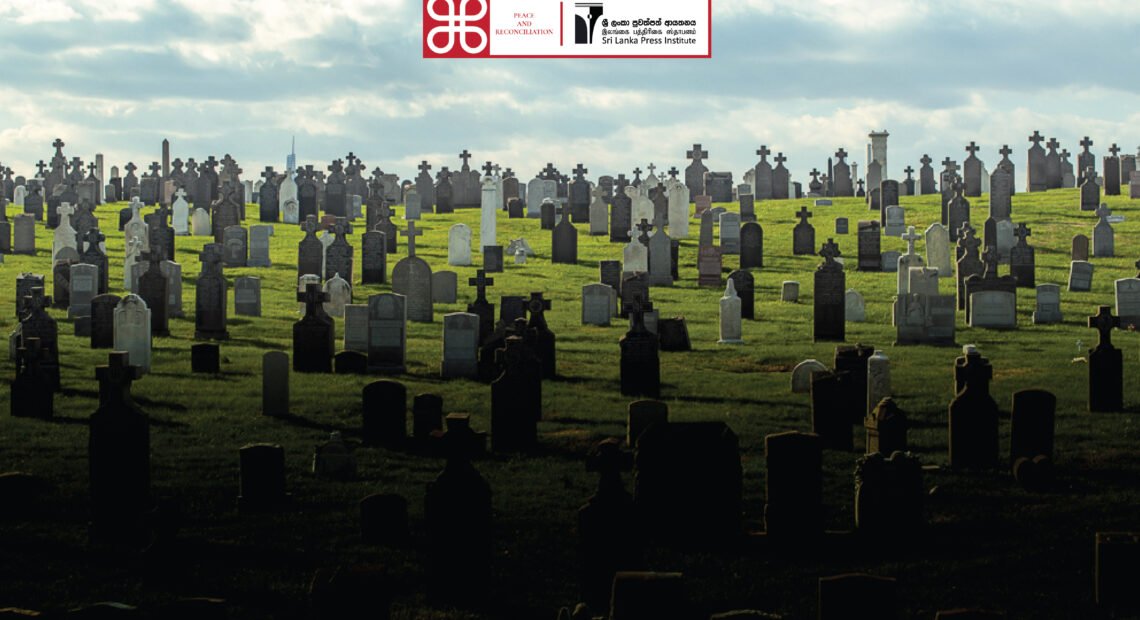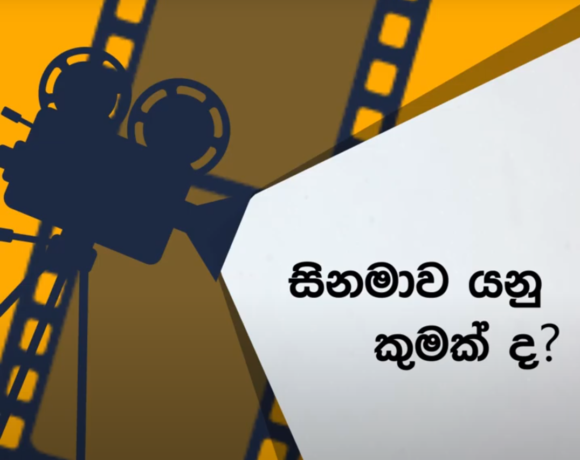Nimal Abeysinghe
Mr. Somaratne of Mirigama was famously known as “Mirigama Mahaththaya” in Mummana village. “Mirigama Mahaththaya” came to live in Mummana after buying several acres of coconut-lands in the village. He was a man who stood up to the troubles of the villagers and generously sacrificed his wealth as well as his labour. The speciality of the village Mummana was that both Sinhala and Muslim communities live there. The lack of a public cemetery of their own was a serious problem for both communities, who lived in harmony.
It was “Mirigama Mahaththaya” who provided a solution to this problem too. He allotted two separate plots of land from his land and donated them to the Sinhala and Muslim communities. These two cemeteries, which were donated more than fifty years ago, are located along the Mummana Main Road.
There are two access roads to Mummana village. One is, two kilometres after passing Dambadeniya town on the Giriulla – Kurunegala road, and you have to turn left and travel 10 km to reach Mummana. The other road is turning left after passing Horombawa on the Narammala – Kuliyapitiya main road. “Mirigama Mahaththaya”, who donated the two cemeteries to the Mummana people, is no longer alive. But the coexistence he created between the Sinhala and Muslim communities in Mummana through the donation of the two cemeteries teaches a beautiful lesson to both these communities who are at loggerheads in some parts of the island.
The use of these two cemeteries on the same ground with unity in a society where even personal conflict can lead to racist riots is a wonderful sight for the eyes of people who value peace and reconciliation.
Apart from that, “Mirigama Mahaththaya” also donated the land required to establish a school, which was a big shortcoming to that village. Initially, both Sinhala and Muslim children learnt in this new school. It was also called the “Sinhala – Muslim School” by the old villagers. Since there are now separate schools for the two communities, let us turn to the cemetery, which can still be seen as a beacon of Sinhala-Muslim reconciliation. There have been two leading figures in building the coexistence of the Sinhala-Muslim community in Mummana. Those two are A.A.Thilakaratne and M.G.M.Lafir.
“At that time, there was no difference between Sinhalese and Muslims. There were no such talks like ‘Kottu Roti’ and clothes with infertility pills. We went to Muslim weddings and funerals. They did the same with ours. If there was such a division, would Muslims be allowed to go to the same school where our children go? “Mirigama Mahaththaya” gave the land to the school. The school was started in a temporary hut. After that, the permanent building with the roof was built by the Muslims. That building still survives.
“Mirigama Mahaththaya” equally divided a one-acre land between the two communities for the cemetery. On the other hand, ”Mirigama Mahaththaya” gave us adjacent lands deep consideration. Since the two cemeteries are next to each other, there may be two Sinhala and Muslim funerals on the same day. At such times, gravediggers work in collaboration from the beginning. They share tools. They even share food and tea and enjoy them together. That is still happening today.”
What Thilakaratne says is true. The cemetery is also a great reason to develop mutual understanding between them. The problem is that the concept of coexistence among the so-called uneducated villagers is not present among some of the educated people of the elite society. They do not consciously look at the opinions of people like Thilakaratne. Instead, they ignore them.
The vision and the opinions of M.G.M. Lafir of Mummana village are also similar to Thilakaratne’s. Maybe that is why they still have peace among them.
“Our elders have gone with Sinhalese to ask for a land for the cemetery from “Mirigama Mahaththaya”. Both parties went together and made the request. It was “Mirigama Mahaththaya” who decided to give half an acre each in one place.
He thought all by himself and gave land to the school, saying, “You don’t even have a school.” He added, “I’ll give you a land. You make the building.”
“Mirigama Mahaththaya” may have donated the land and asked them to make the building together out of a desire to see the friendship between the two communities improve further. The lack of people like “Mirigama Mahaththaya” is felt even more today when we see of cruel people spreading germs of racism and trying to set human society on fire. However, the people of Mummana still maintain the foundation of reconciliation that “Mirigama Mahaththaya” laid a long time ago. So isn’t this not just a graveyard but a cradle of reconciliation and coexistence?








